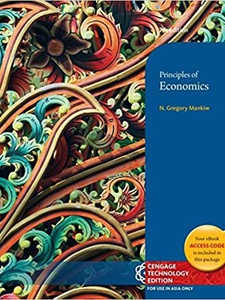

Recipes geared towards home cooks use volume to measure both.
#CULINARY FUNDAMENTALS MIDTERM QUIZLET PROFESSIONAL#
Professional kitchens commonly use weight as a measure for dry ingredients and volume measurement for liquids. For example, a cup of flour weighs about half as much as a cup of water. Master basic conversions between weight and volume for select ingredients (liquids, dry ingredients). Understand the difference between a dry measure and a liquid measure. Memorize how many ounces are in a pound, half-pound, or quarter-pound. Learn the universal abbreviations for measurements.īe familiar with common conversions between cups, pints, quarts, and gallons. While the merits of metric versus US measurements can be debated, whatever system is used should be memorized for ease in kitchen calculations. When precision is important accuracy in temperature and ingredient scaling, requires precise calculations using metric measurement. Temperatures are calculated using Celsius which is based on 0-100° representing the freezing point and boiling point of water respectively. Volume is based on liters and milliliters, weight is measured in grams and kilograms, and length is measured in millimeters and meters. However, most of the world uses the metric system that measures quantities for weight, volume, and length in multiples of 10, 100, or 1000. While length is measured in inches, feet, and miles, temperatures are scaled according to the Fahrenheit system using 32° as the freezing point for water and 212° as its boiling point. The US measurement system is based on ounces and pounds for weight, and cups, quarts, and gallons for volume measurement. Mastering math leads to better results in the kitchen through accuracy and consistency. Math is used for portion control, to maintain consistency in production, and to compute food costs. Ingredients must be measured and scaled accurately, food production quantities are calculated, and recipes are increased or decreased to scale based on demand.

Culinary math begins with the basics of addition, subtraction, multiplication, and division along with ratios, yields, and percentages. Examples include counting portions, increasing a recipe yield, determining a ratio for preparing a stock, calculating a plate cost, or establishing a food and labor budget. A chef’s routine includes simple to complex math calculations.


 0 kommentar(er)
0 kommentar(er)
